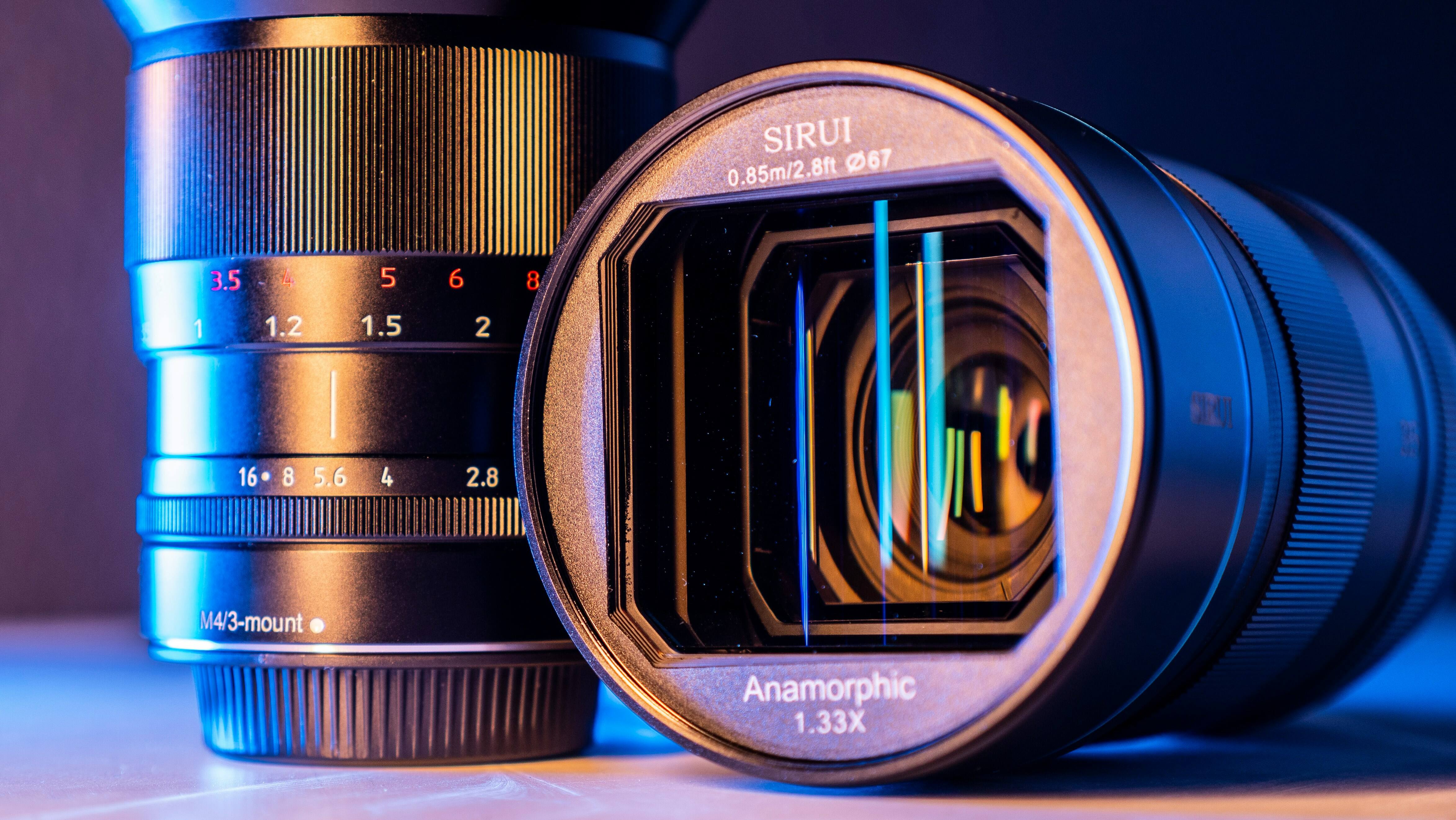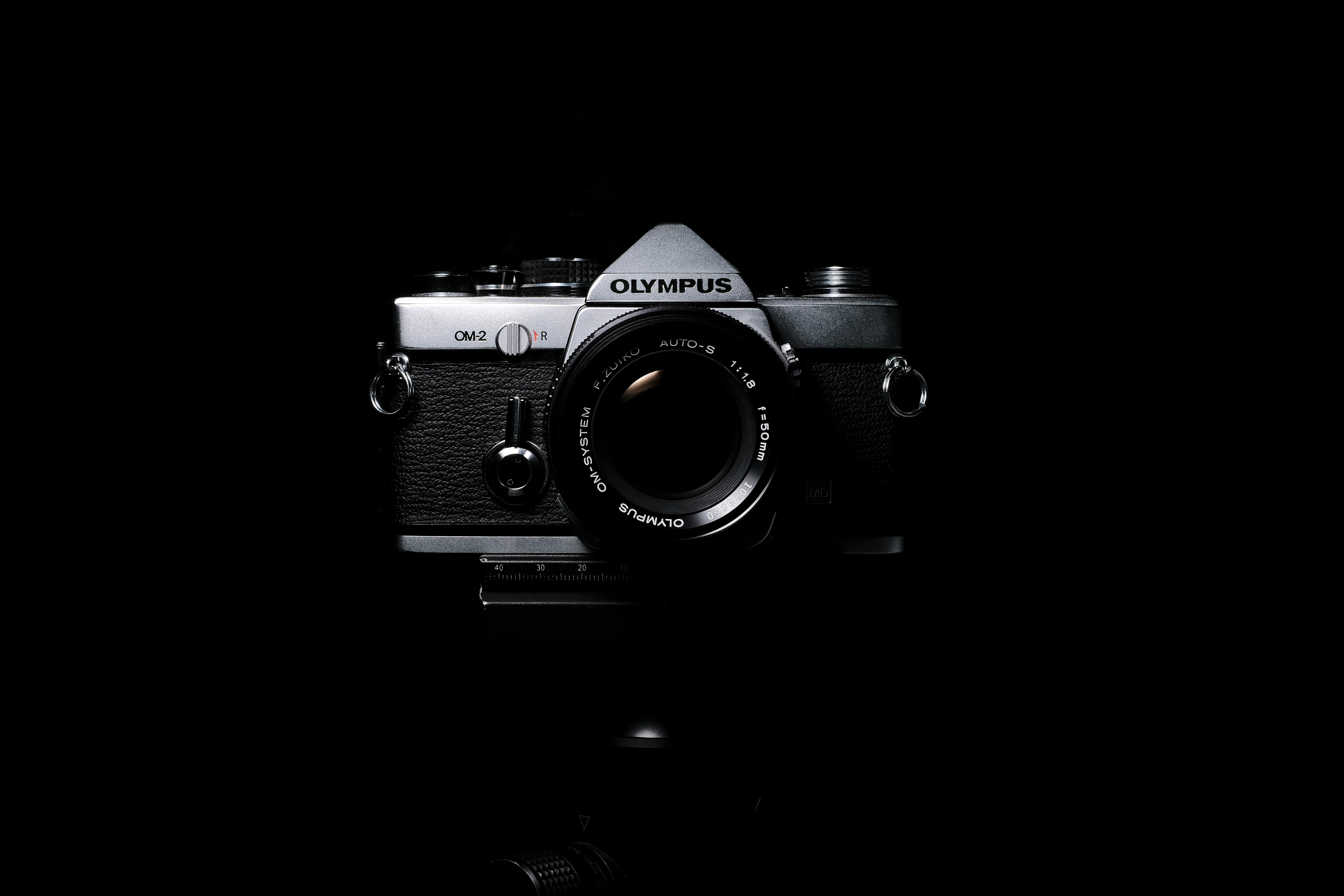CCD vs. CMOS image sensors: Which one is more sensitive?

In a sea of light, two types of sensitive instruments are competing with each other to be the best - CCD and CMOS. These technologies provide us with the ability to see everything. But, when we come across these two technologies, we cannot help but ask who among them is more sensitive, CCD or CMOS.
Basic principles of CCD and CMOS
Before we give away that secret, let us first appreciate how these two image sensors work based on their principle and characteristics. CCD (Charge Coupled Device) and CMOS (Complementary Metal Oxide Semiconductor) are devices that change light into electrical signals which in turn result in images that humans can interpret. However, they work differently although their goals are similar.
This process makes use of a lot of power but it produces highly qualitative pictures with extremely low noise levels, unlike other things.
On the other hand, CMOS sensors go through a simple process to convert light into electrical signals. Each pixel has its charge converter which allows CMOS sensors to process images faster than their counterparts; however, this also comes with disadvantages such as higher noise levels and image quality reduction.
Advantages and Disadvantages of CCD
CCD sensors have been known for providing excellent image quality and being very sensitive. They possess very high resolution hence enabling clearer and vivid photos with colors that appear brighter than usual. Yet again, they use up more energy compared to cheaper ones like those made by complementary metal oxide semiconductors.

Advantages and Disadvantages of CMOS
CMOS sensors have lower cost, and lower power consumption compared to the traditional CCDs as well as integration density advantages over them making them the choice sensor in many applications such as mobile phones and portable devices. However, output image quality & sensitivity usually fall short compared to that obtained from CCDs generally.
Comparison between CCD and CMOS
Factors such as pixel size, noise level, and photoelectric conversion efficiency have to be considered when comparing the sensitivity of CCD and CMOS. In general, under low-light conditions, CCD sensors perform better while CMOS sensors may work better in high-speed or high-resolution applications.
Conclusion
So which one is more sensitive, CCD or CMOS? It is not a simple “yes” or “no”. Speculation on this subject will only make sense if we take into account these factors: application specificity and cost-effectiveness. When choosing an image sensor, the decision should be based on all including cost, power consumption, image quality as well as application field itself.

 EN
EN
 AR
AR
 DA
DA
 NL
NL
 FI
FI
 FR
FR
 DE
DE
 EL
EL
 HI
HI
 IT
IT
 JA
JA
 KO
KO
 NO
NO
 PL
PL
 PT
PT
 RO
RO
 RU
RU
 ES
ES
 SV
SV
 TL
TL
 IW
IW
 ID
ID
 SR
SR
 VI
VI
 HU
HU
 TH
TH
 TR
TR
 FA
FA
 MS
MS
 IS
IS
 AZ
AZ
 UR
UR
 BN
BN
 HA
HA
 LO
LO
 MR
MR
 MN
MN
 PA
PA
 MY
MY
 SD
SD














